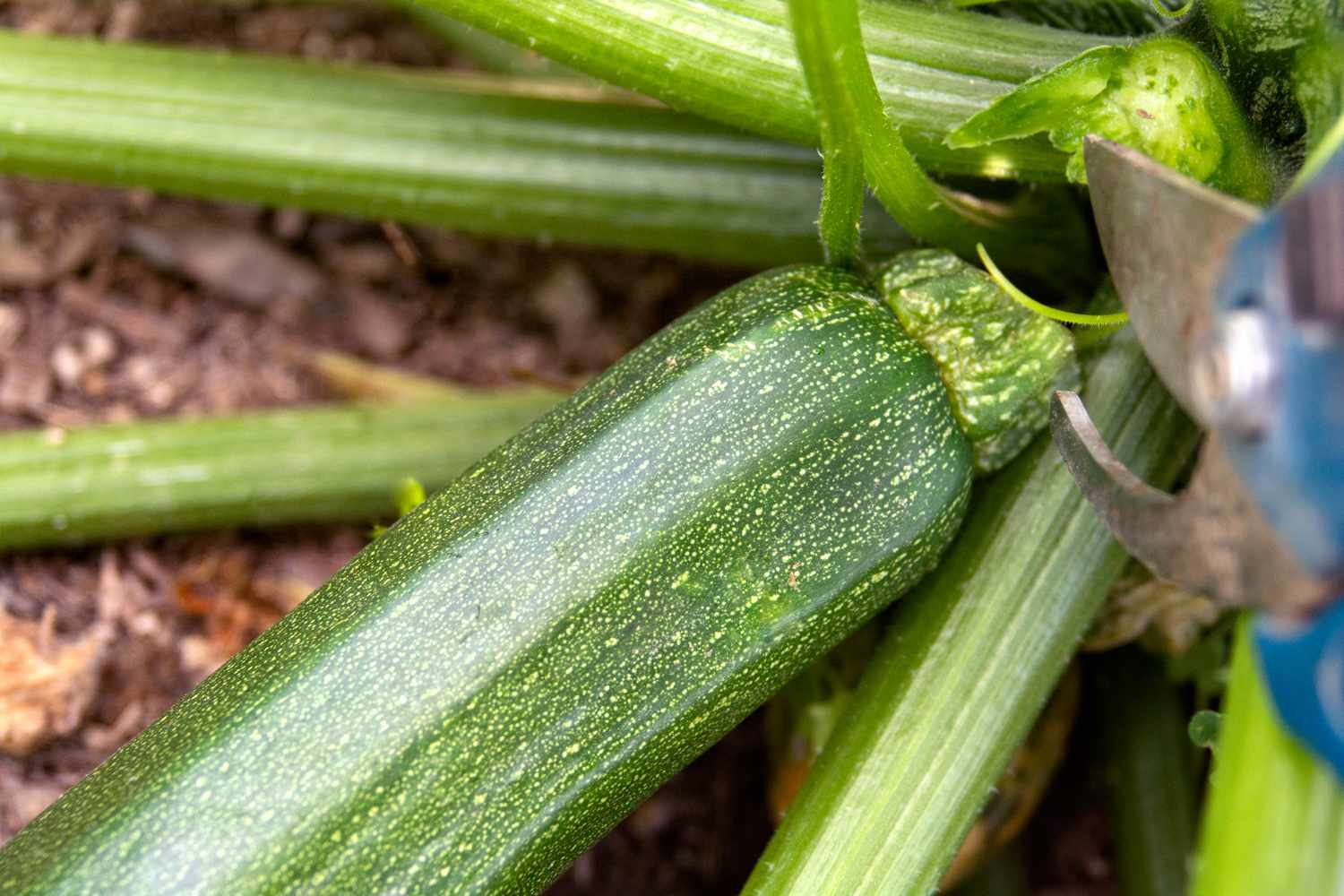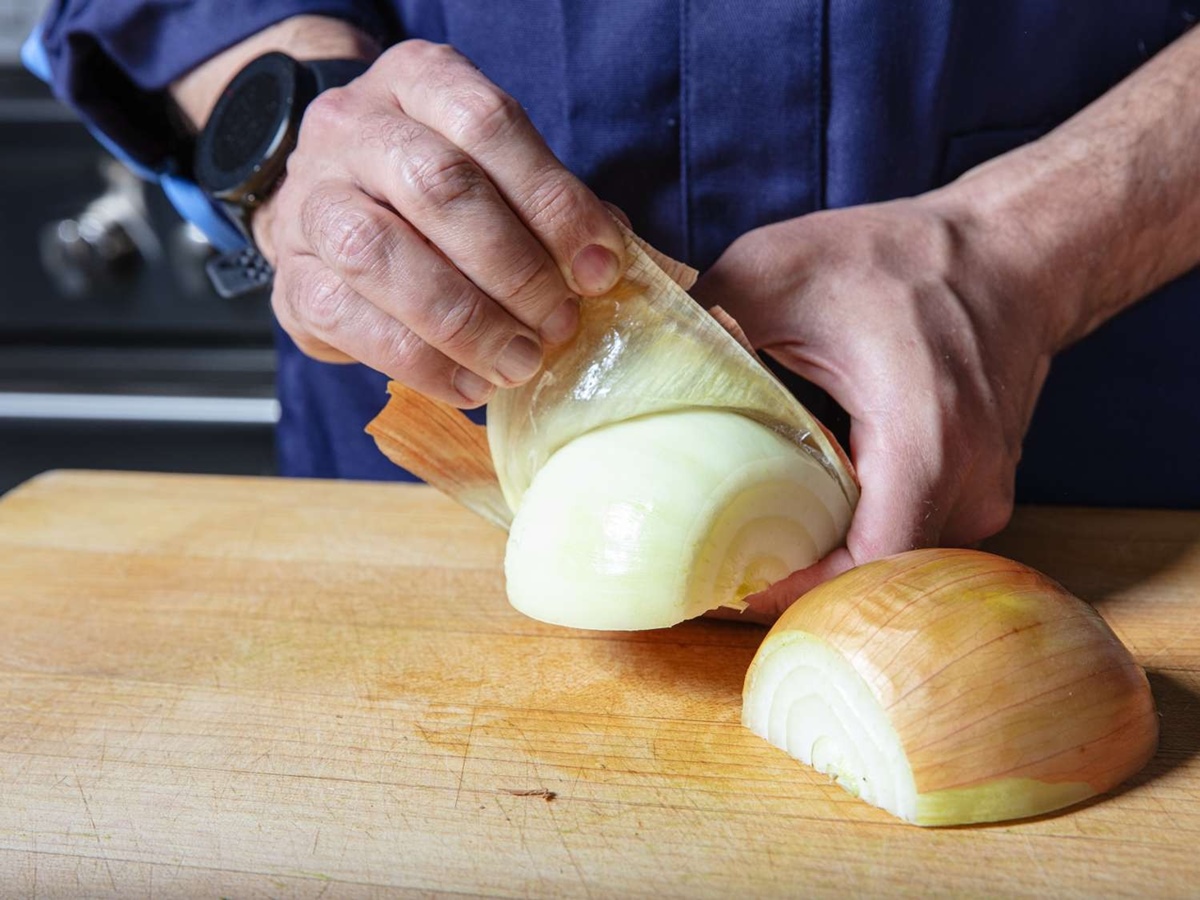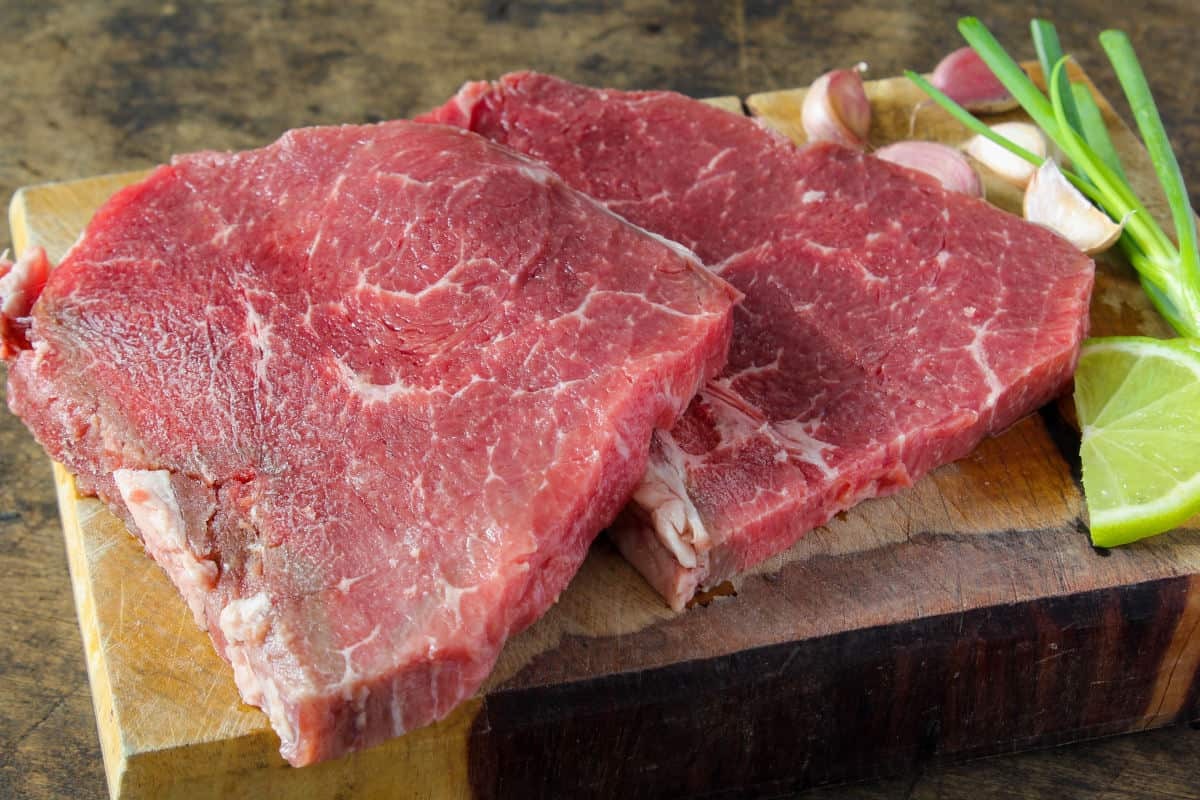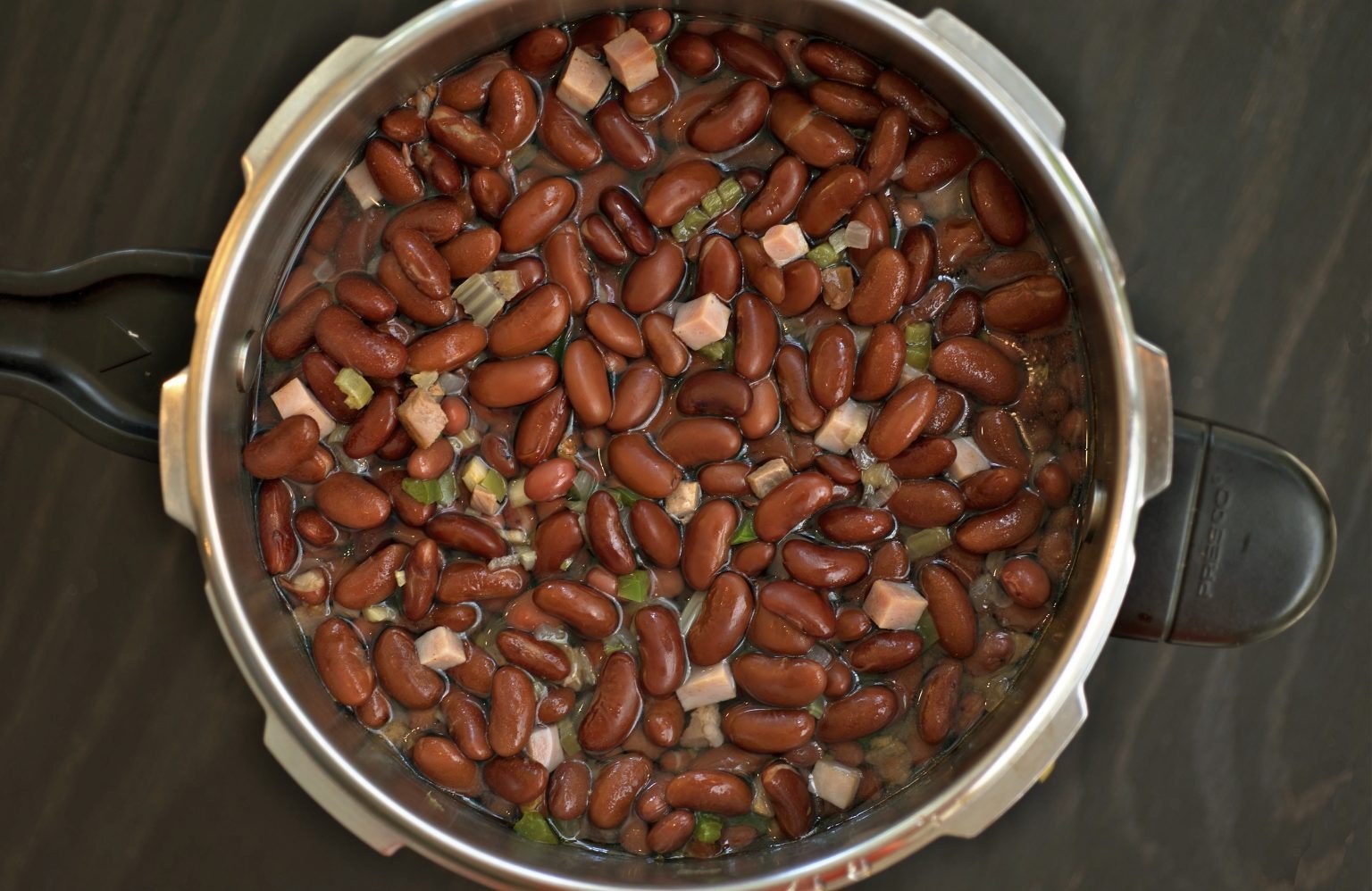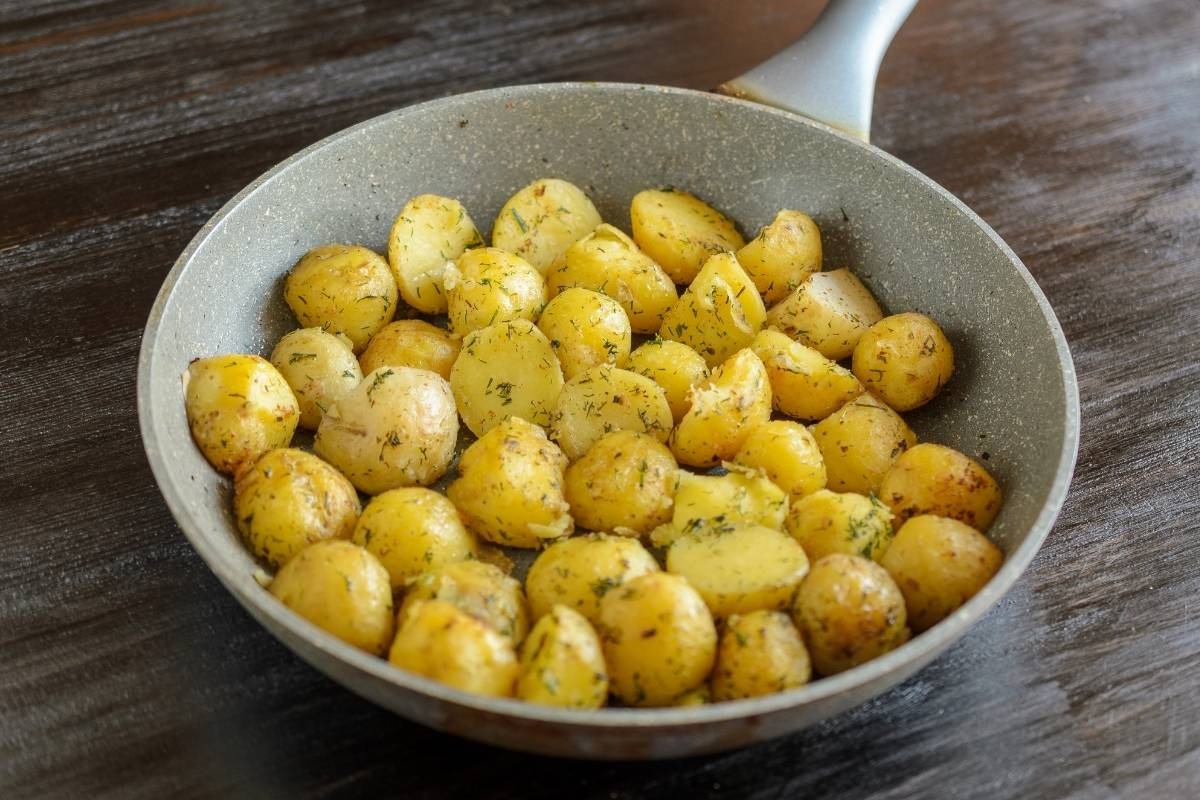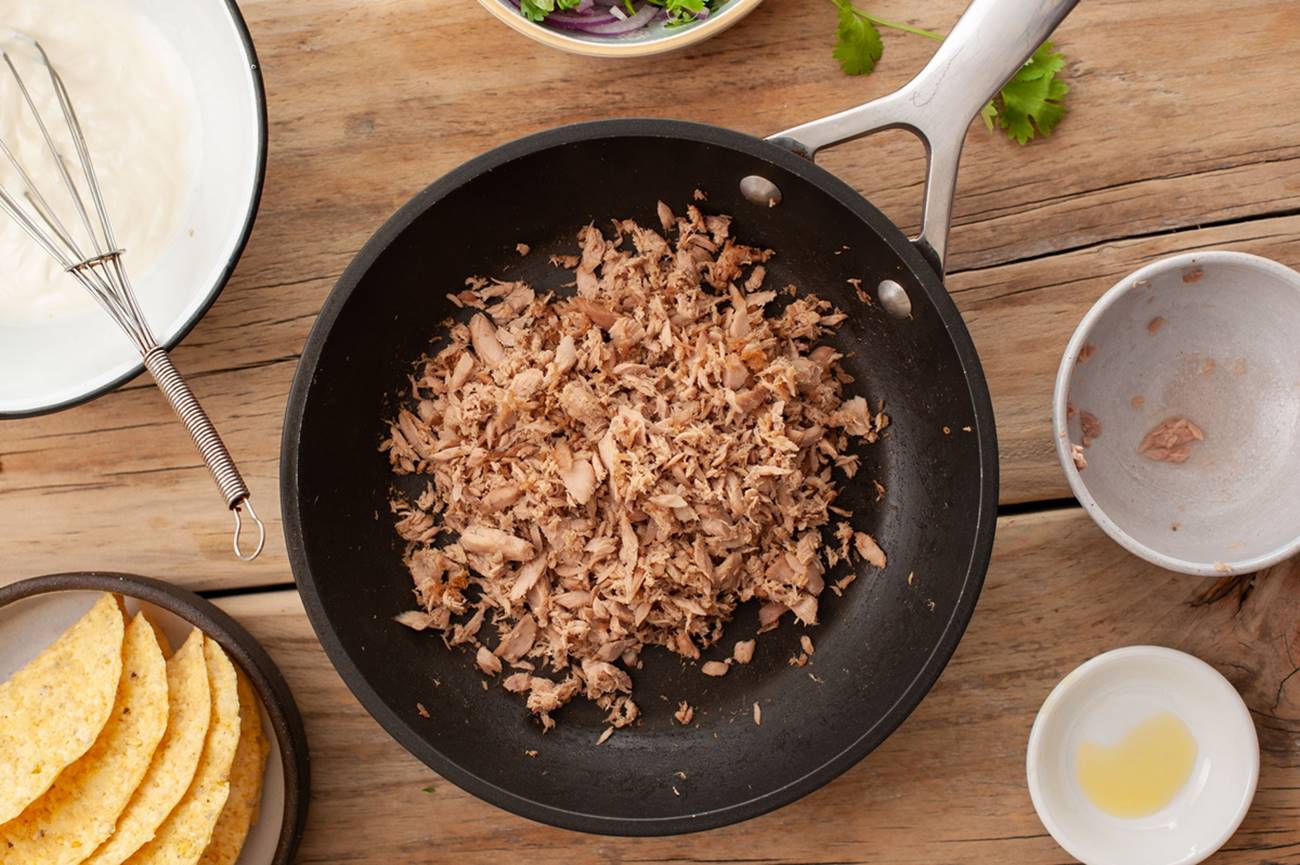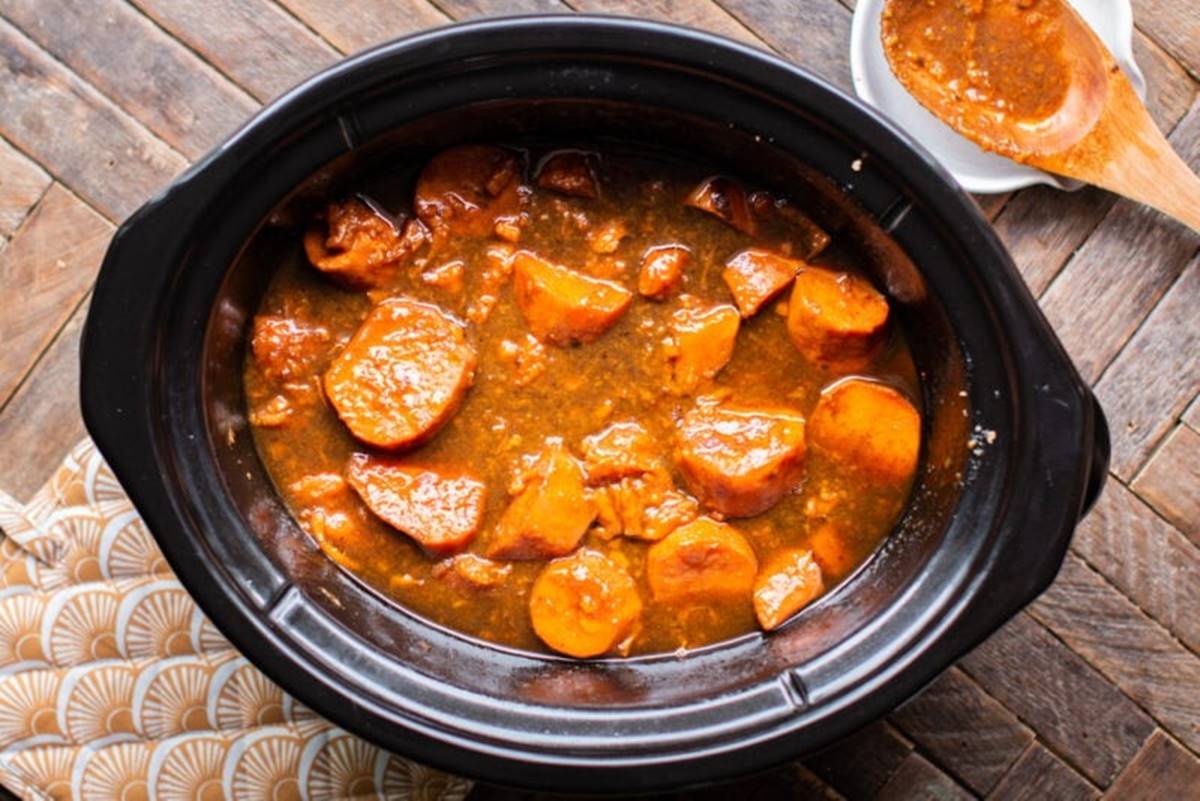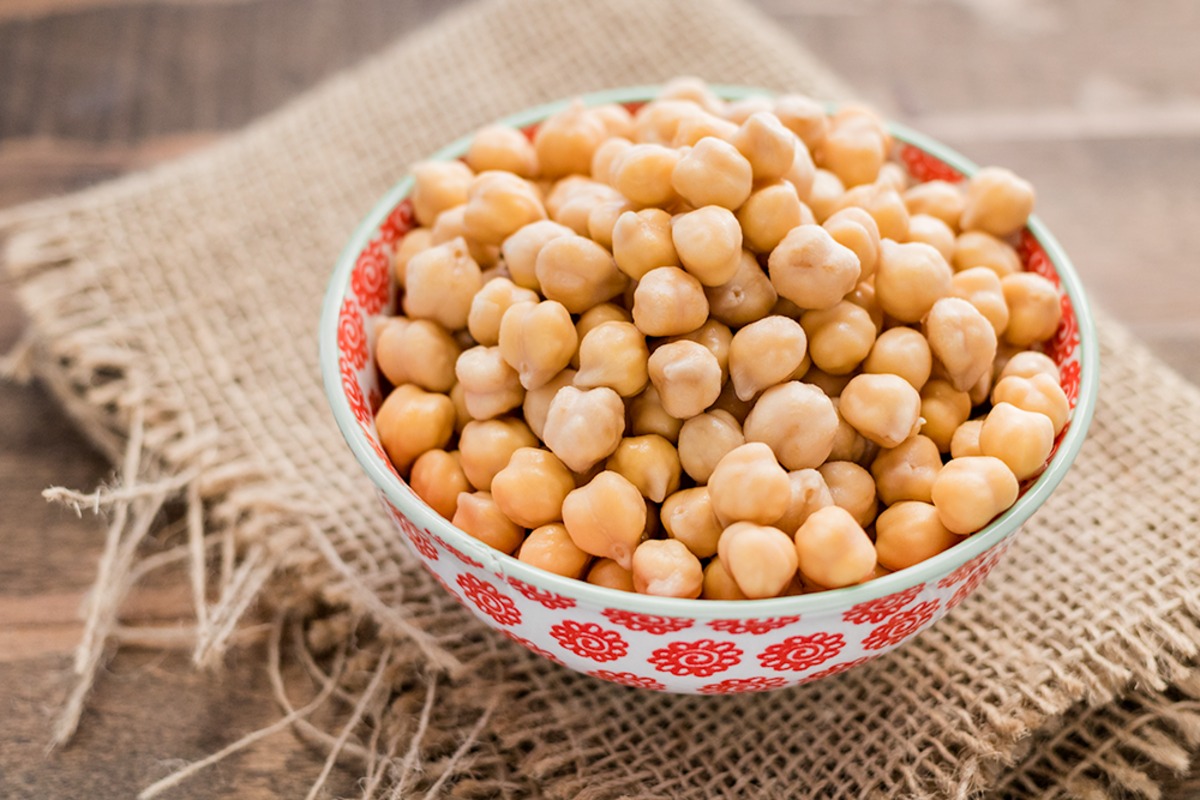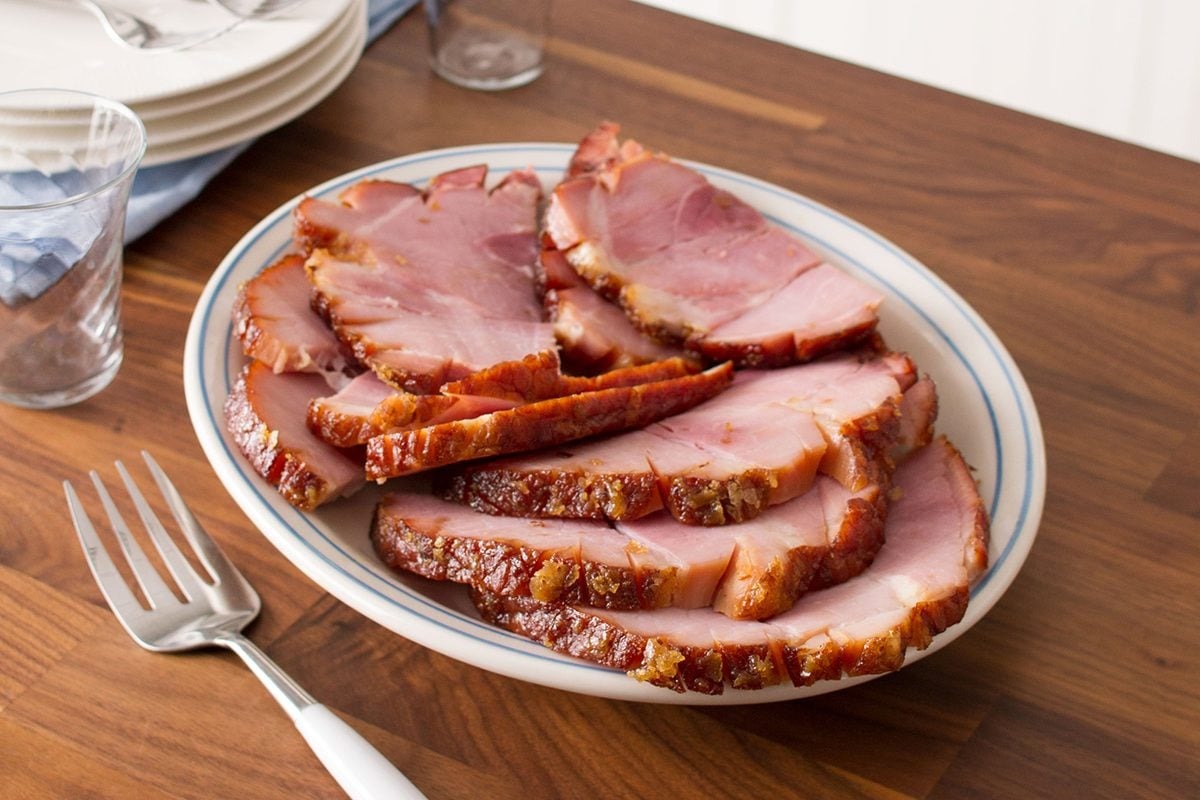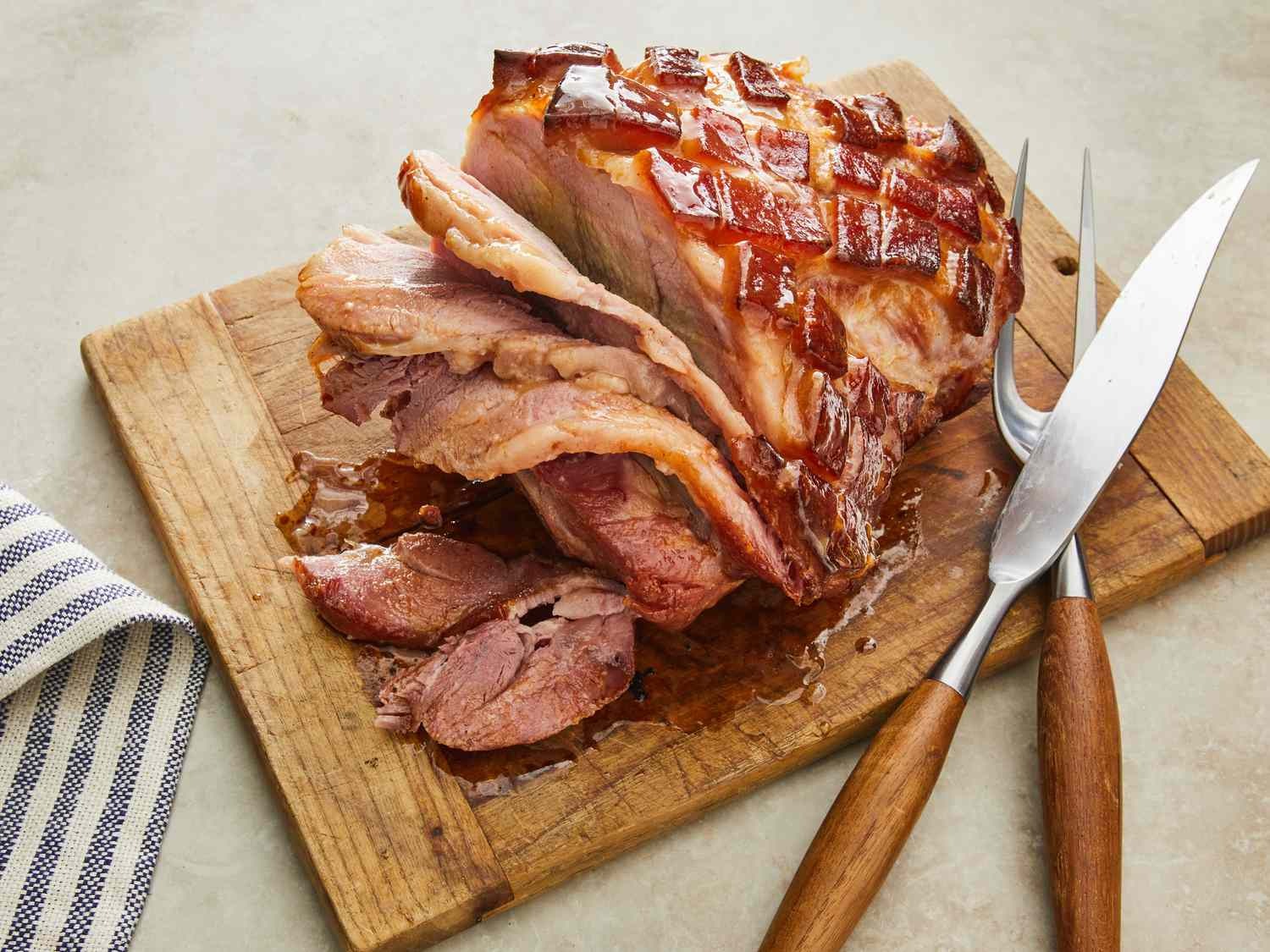How To Cut Beef Short Ribs: A Step-by-Step Guide
Beef short ribs are a delicious and flavorful cut of meat that can be prepared in various ways. Whether you’re planning to braise, grill, or smoke them, knowing how to cut beef short ribs properly is essential to ensure a tender and succulent result. In this guide, we’ll take you through the steps of cutting beef short ribs like a pro.
Tools You’ll Need
Before you get started, make sure you have the following tools handy:
- Sharp knife – a chef’s knife or a boning knife works well for this task
- Cutting board – choose a sturdy board that provides a stable surface
- Meat mallet – optional but helpful for tenderizing tougher cuts
- Kitchen twine – useful for tying the ribs together for even cooking
Step 1: Buy the Right Ribs
When purchasing beef short ribs, look for meat that is well-marbled with fat and has thick bones. This marbling will help keep the meat juicy and flavorful during the cooking process.
Step 2: Prepare the Ribs
Start by removing any excess fat or membrane from the ribs. This will help prevent the ribs from becoming tough and chewy.
Pro tip: To make the ribs more tender, you can use a meat mallet to gently pound the meat, breaking down the muscle fibers.
Step 3: Decide on the Cut
There are two common ways to cut beef short ribs: “English cut” and “Flanken cut.
English Cut:
For an English cut, slice the ribs between each bone, creating individual short rib pieces. This cut is often used for grilling or smoking.
Flanken Cut:
The flanken cut involves slicing the ribs across the bones, resulting in long strips of meat with several small pieces of bone. This cut is ideal for braising or slow cooking.
Step 4: Trim and Tie (Optional)
If desired, trim any excess fat from the ribs for a leaner result. At this stage, you can also consider tying the ribs together with kitchen twine. Tying the ribs will help them maintain their shape during cooking, resulting in a more uniform and visually appealing dish.
Step 5: Cook to Perfection
Now that you have your beef short ribs prepared, it’s time to cook them to perfection! Depending on your chosen recipe, you can braise them in a flavorful liquid, grill them for a smoky char, or slow-cook them for hours until they become fall-off-the-bone tender.
Pro tip: No matter which cooking method you choose, be sure to season the ribs generously with your favorite spices and herbs to enhance their natural flavors.
Final Thoughts
Cutting beef short ribs doesn’t have to be daunting. With the right tools and techniques, you can confidently prepare this delectable cut of meat. Whether you prefer the English cut for grilling or the flanken cut for braising, follow these steps, and you’ll be well on your way to enjoying tender, mouthwatering beef short ribs.
So, next time you plan on cooking beef short ribs, don’t shy away from buying the whole cut. By following our step-by-step guide, you’ll be able to cut them like a pro and impress your friends and family with your culinary skills.
More Delicious Recipes Featuring Beef Short Ribs
Now that you've mastered the art of cutting beef short ribs, it's time to put your skills to the test with a variety of mouth-watering recipes. From the savory depths of Classic Braised Beef Short Ribs to the sweet and tangy delights of Hawaiian-Style Short Ribs with Pineapple, there's a dish to suit every palate. For those looking to impress at their next barbecue, the Texas-Style Smoked Beef Short Ribs come highly recommended. The slow-cooked, smoky flavor achieved is truly unparalleled. Alternatively, the Beef Short Ribs Tacos with Cilantro Lime Slaw offer a fresh and zesty twist on a classic, perfect for a casual dinner or gathering. Each recipe provides a unique way to showcase your newfound butchery prowess, ensuring every meal is not only delicious but a testament to your skills in the kitchen.
Was this page helpful?
Read Next: How To Cut A Chicken Into 12 Pieces
